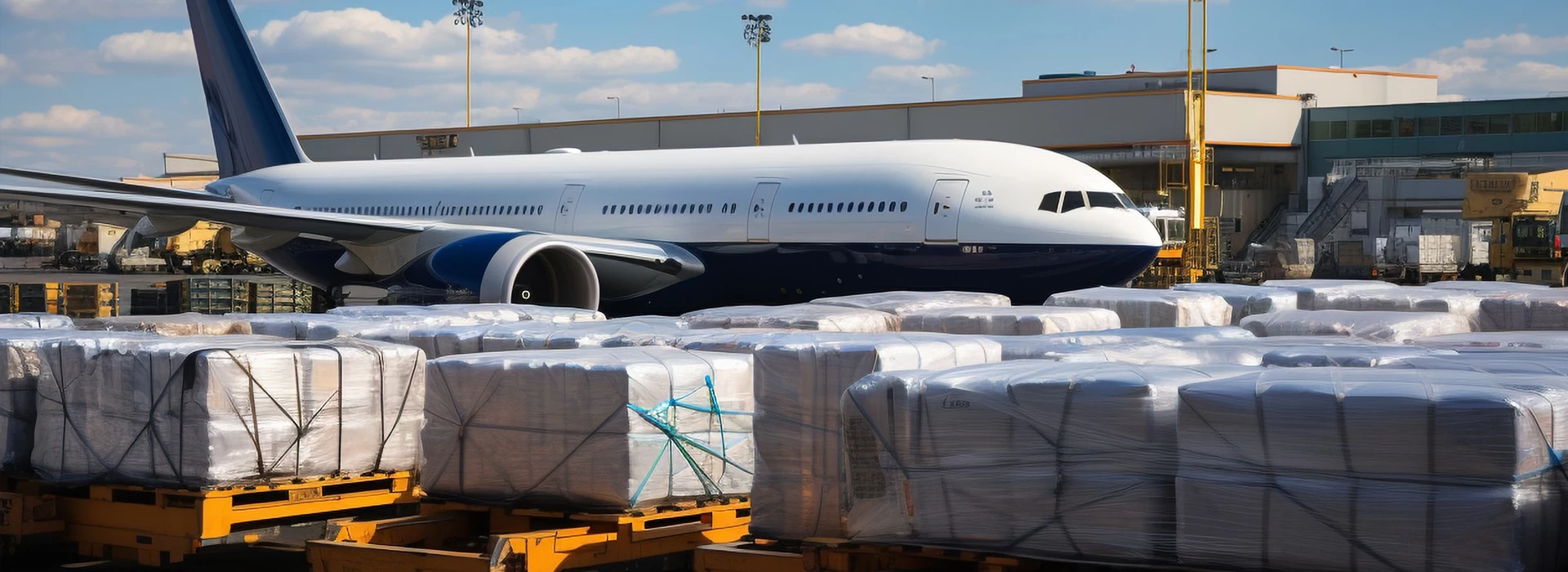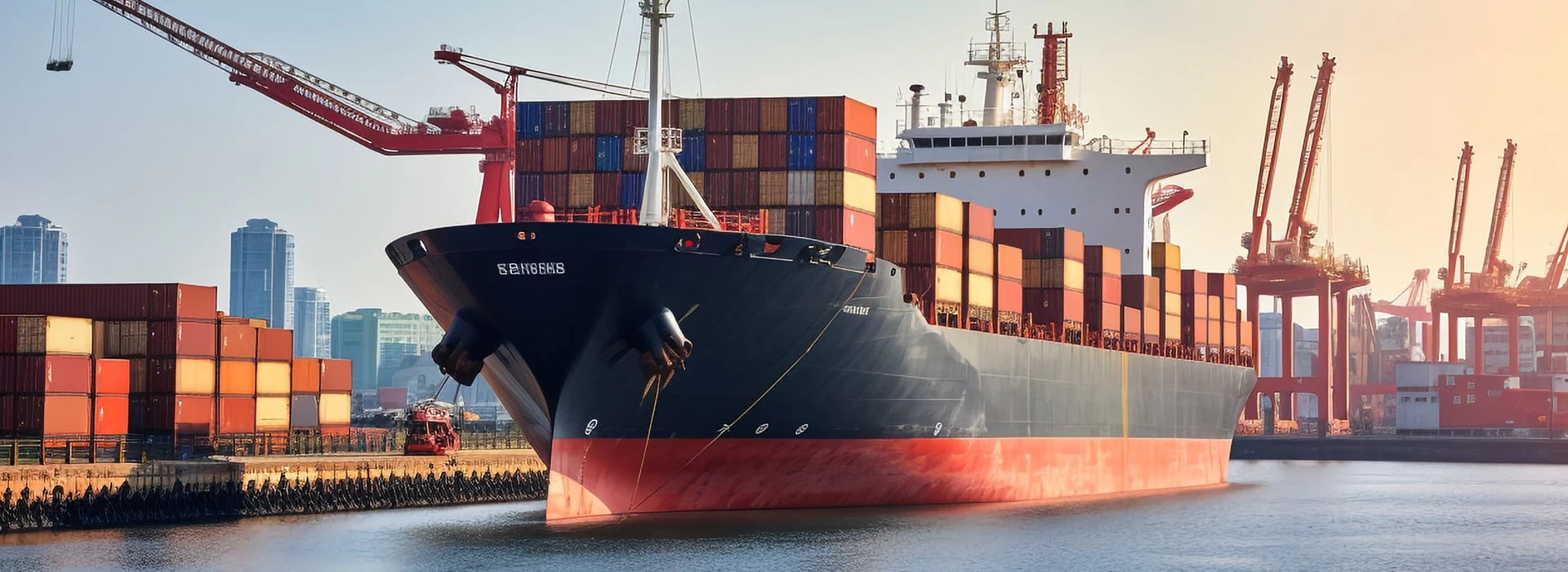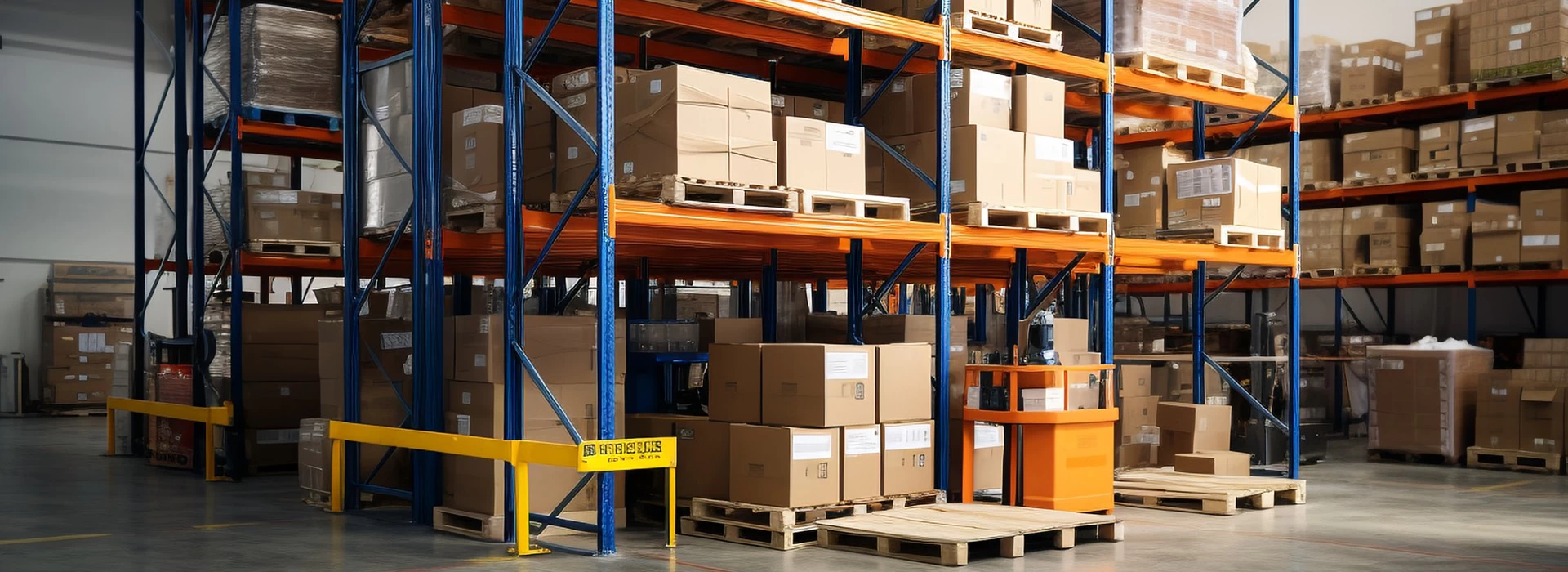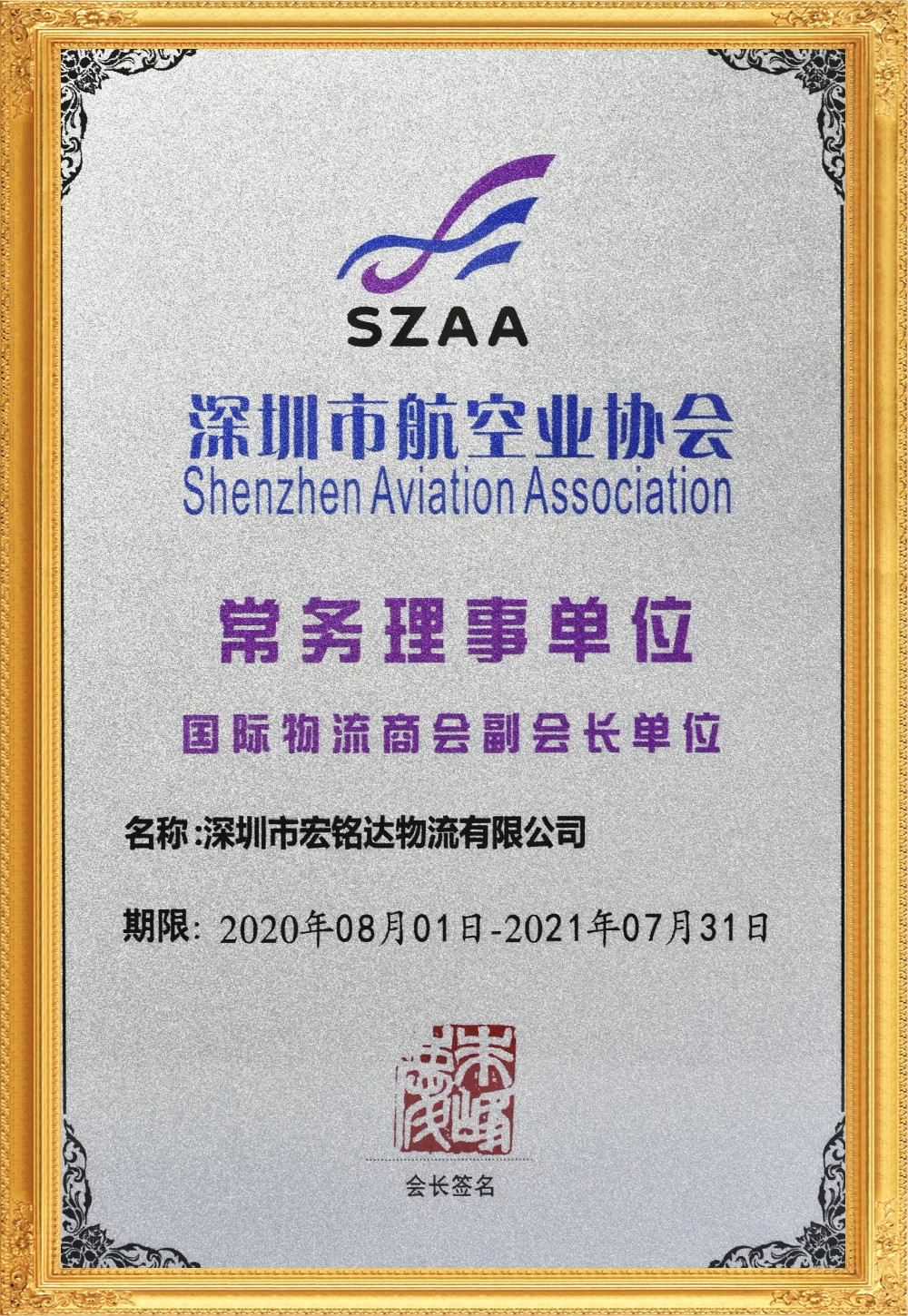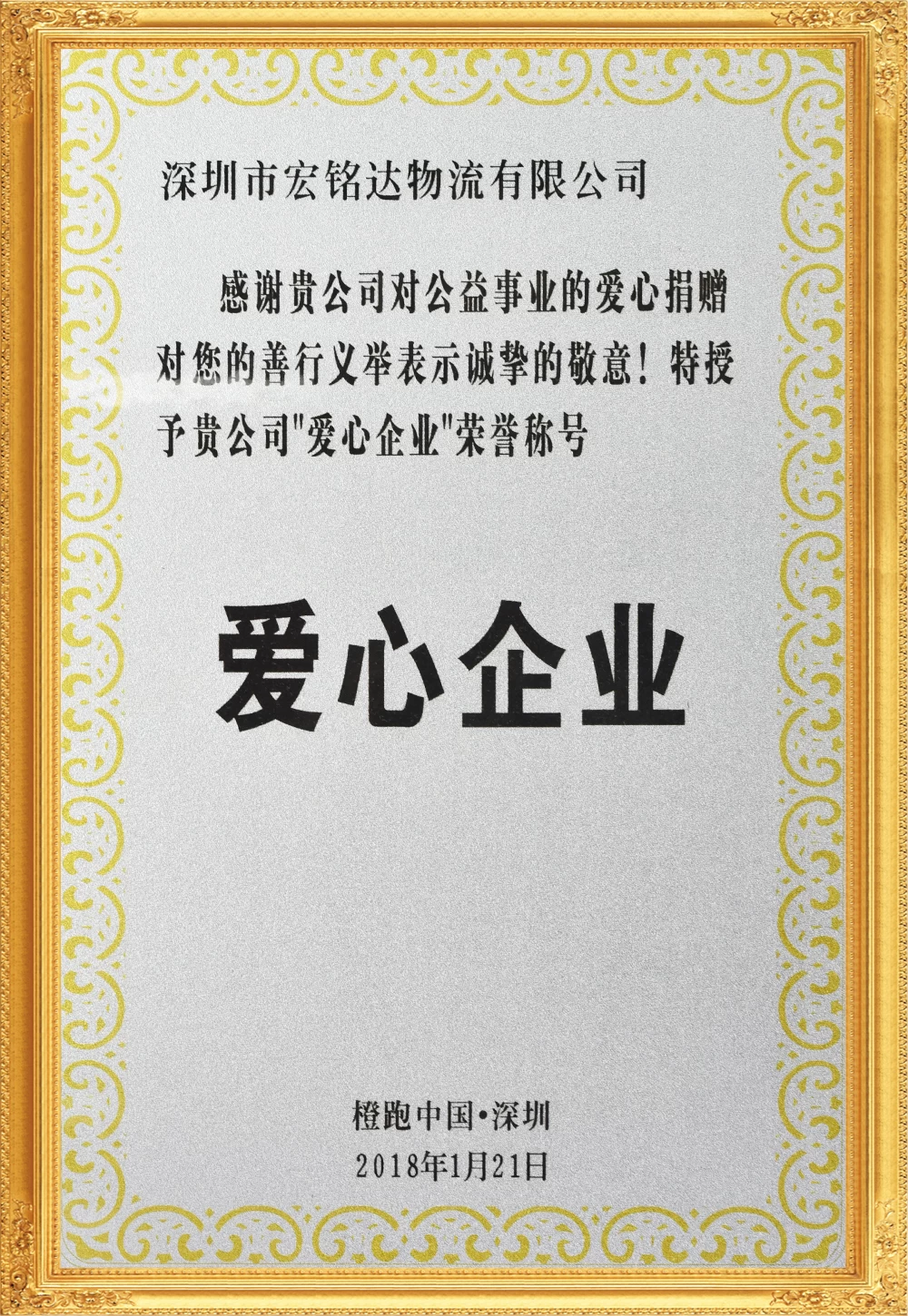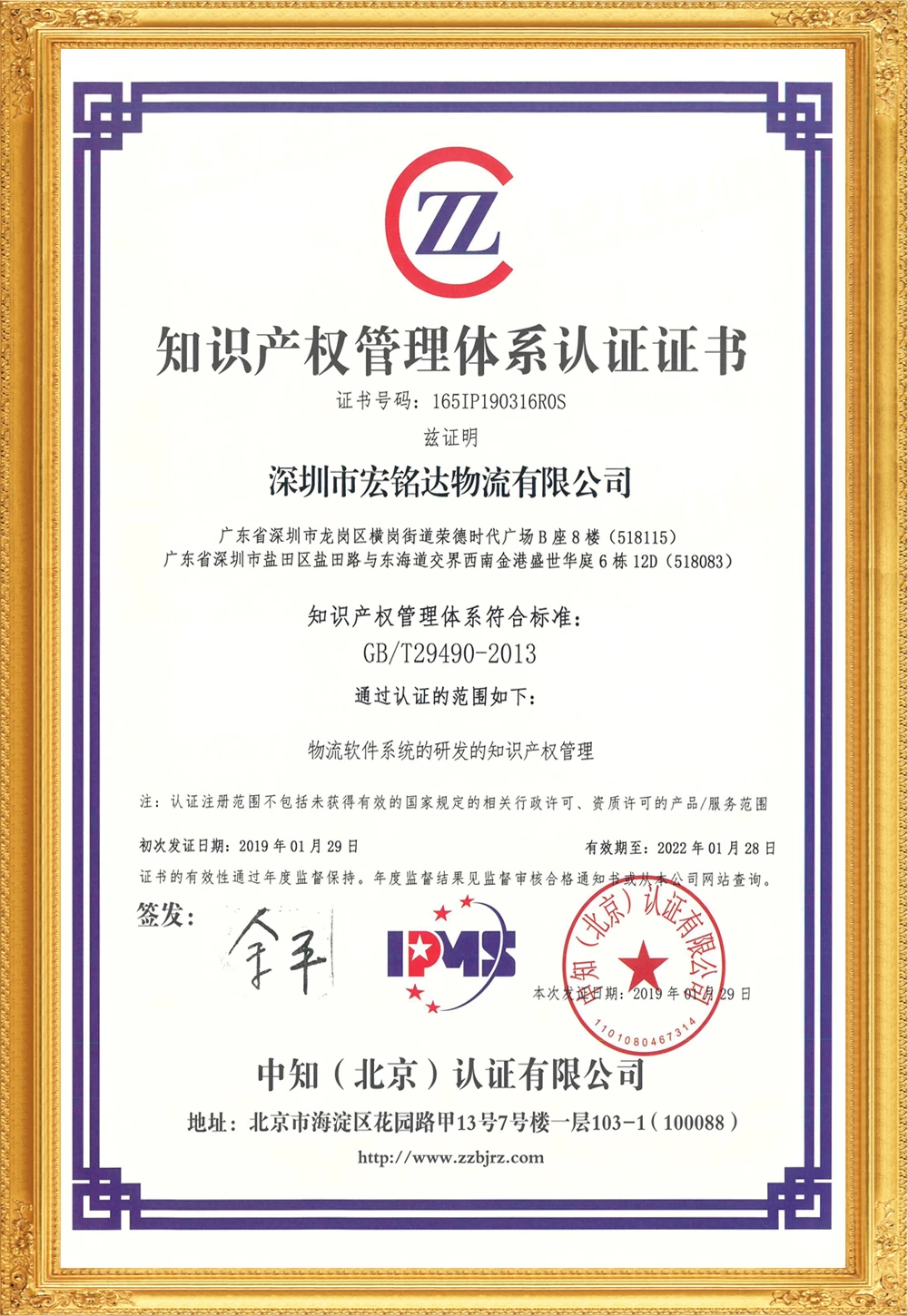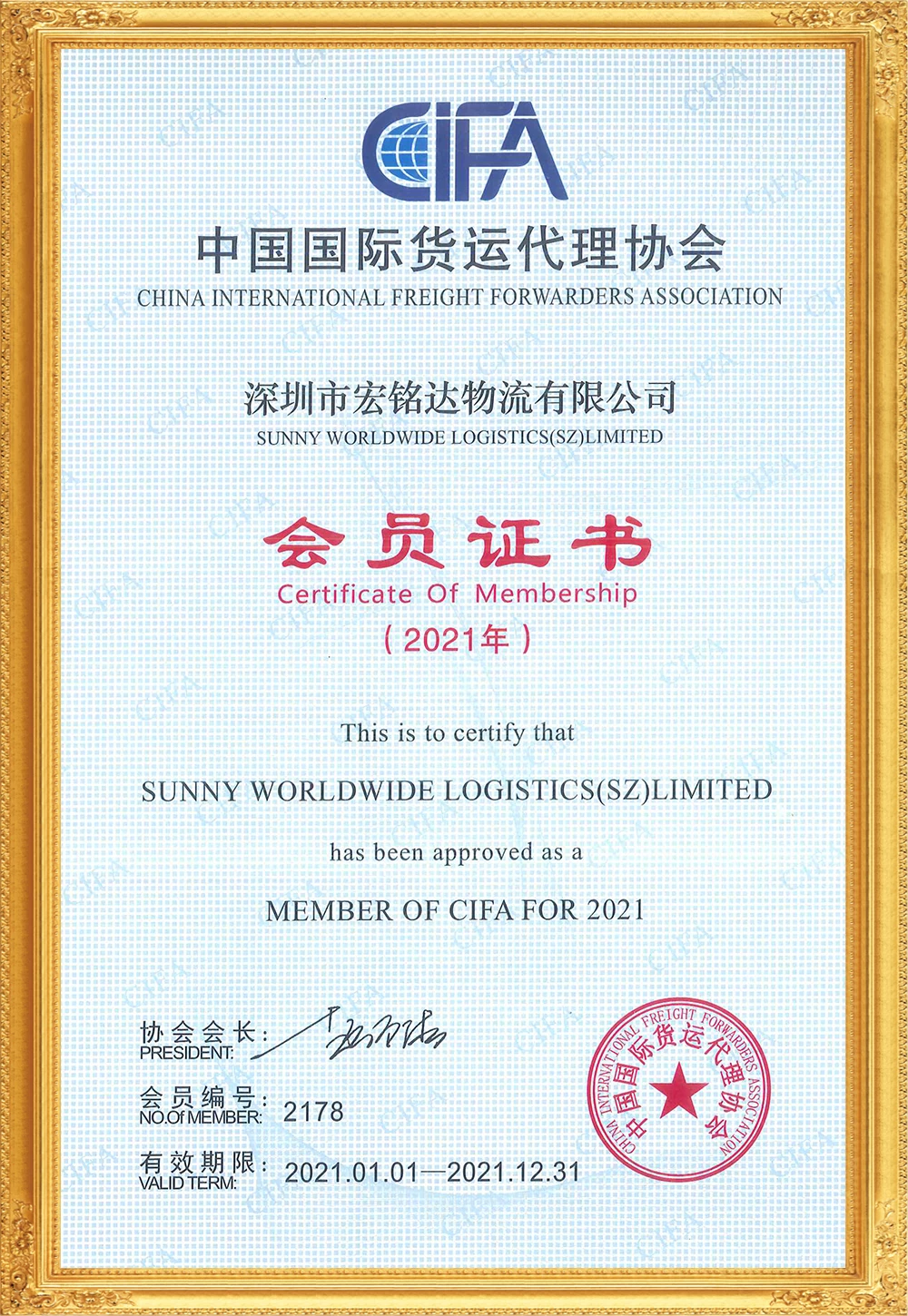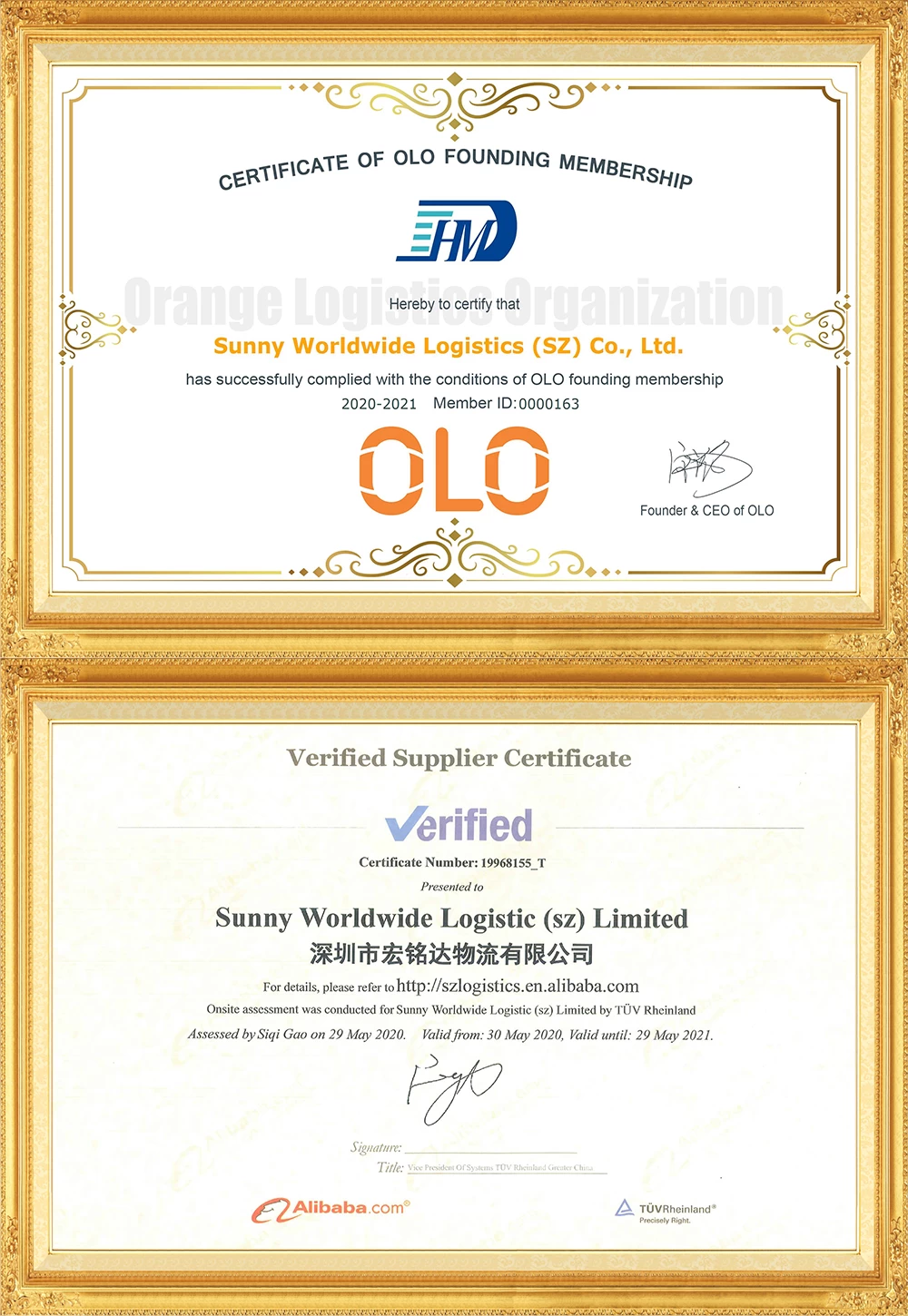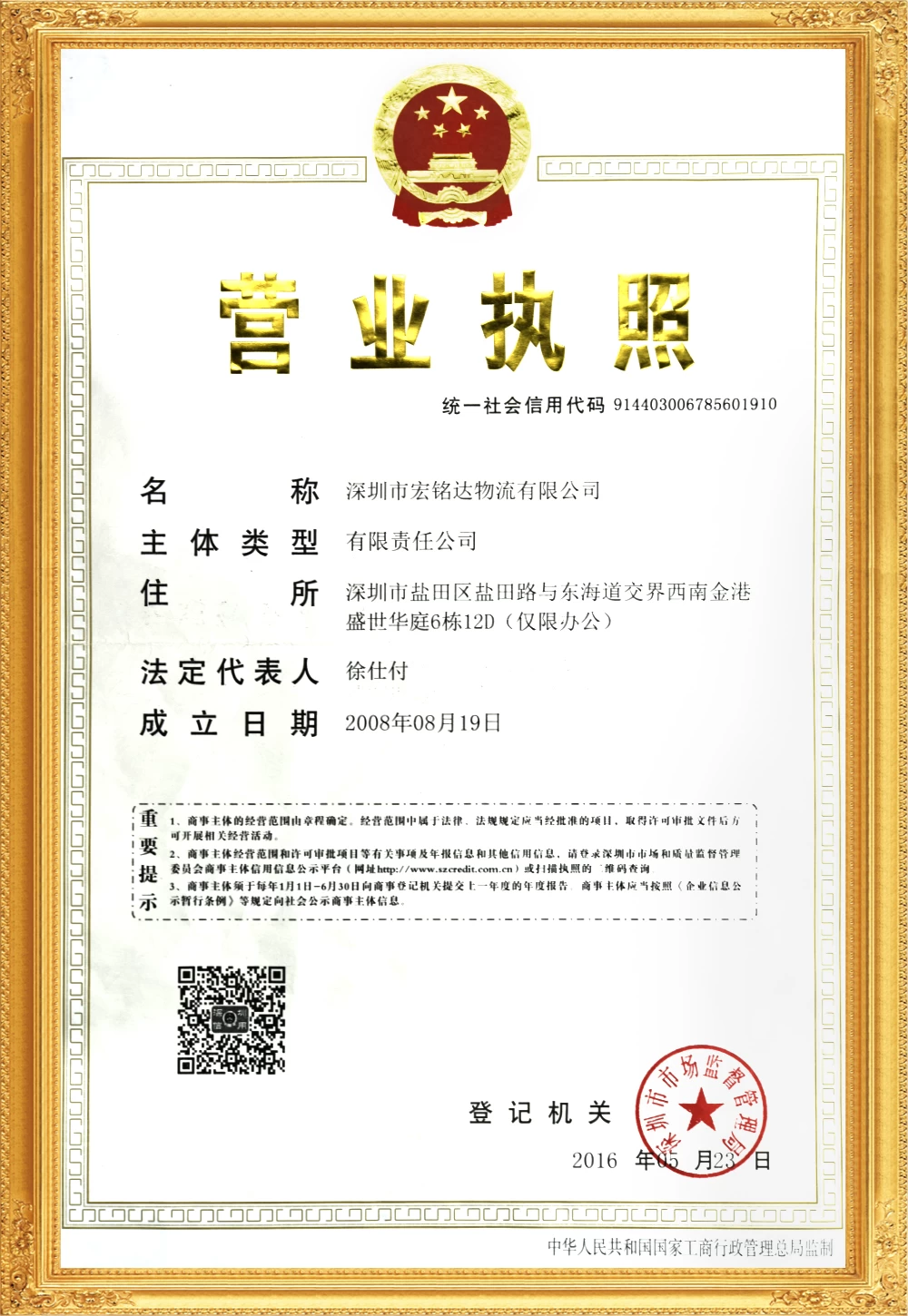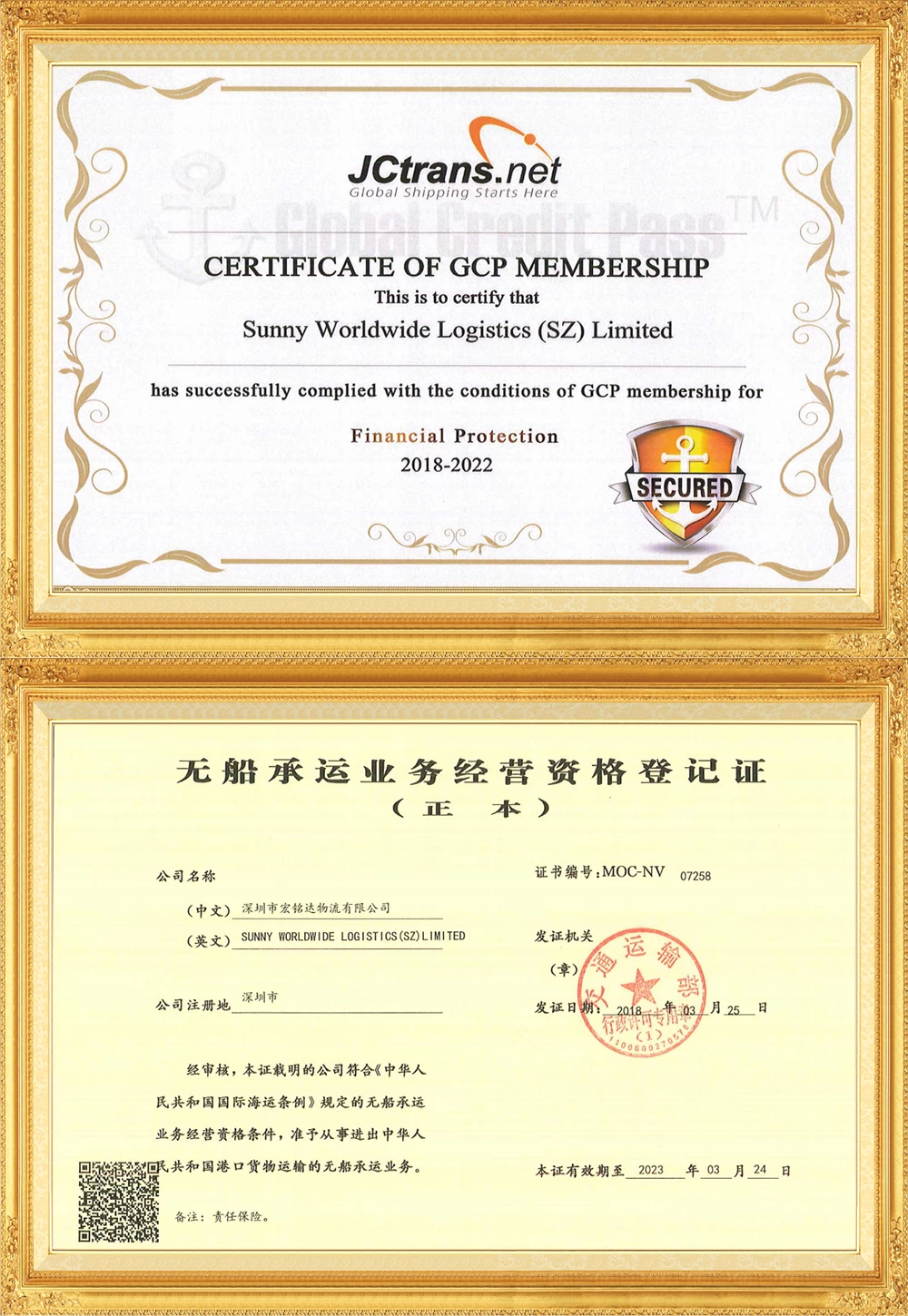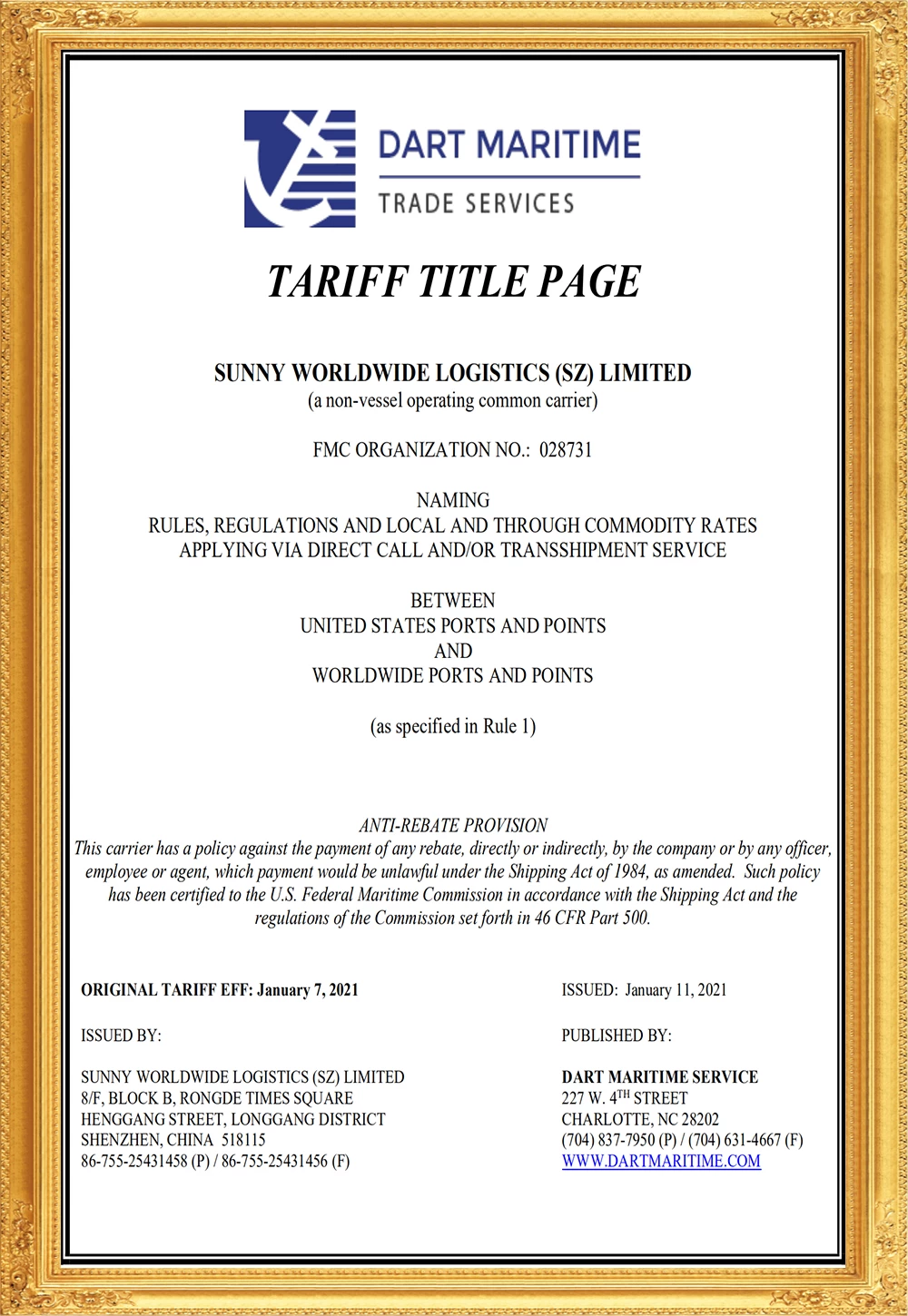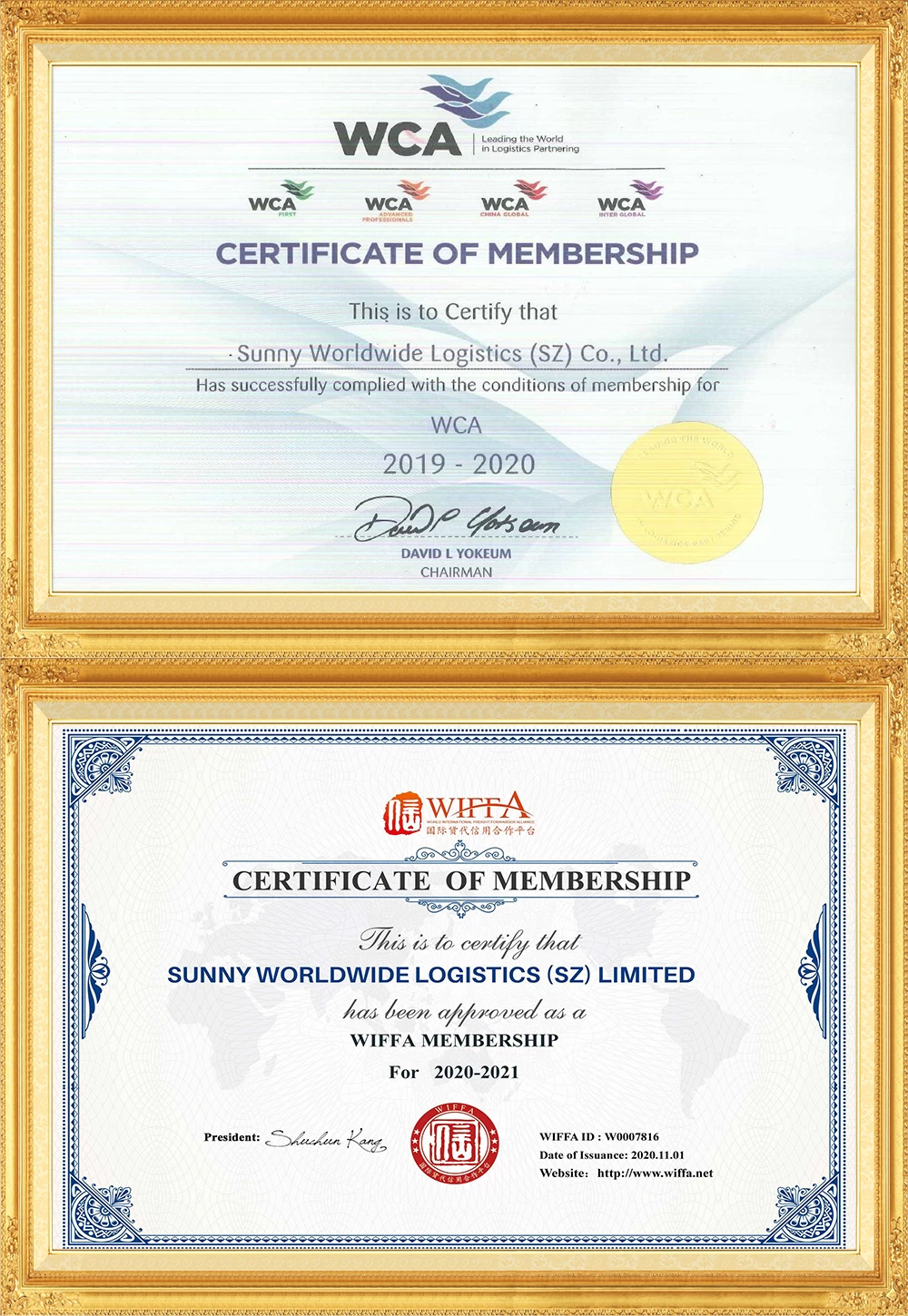Sea-Intelligence: Millions of empty containers expected to cause chaos when supply chain returns to normal
An analysis by Sea-Intelligence, a maritime intelligence firm, concluded that supply chains could be impacted by millions of empty containers once the busy container market returns to normal with less demand, delays and port congestion.
When global supply chains return to some form of normalcy (which is widely believed to be in the second half of the year), operators will have to brace for new annoyances, as the influx of empty containers is expected to cause some disruption.
Sea-Intelligence has been analyzing what will happen when the container market returns to normal. Over the past year and a half, there has been an influx of additional containers into the container market. It is also studying the potential development of containers from Asia to the United States and from the United States to Asia.
If bottlenecks in the container market eased from mid-February and normal operations resumed by the end of 2022, the number of containers arriving at U.S. warehouses would be 30% higher than those shipped back to Asia.
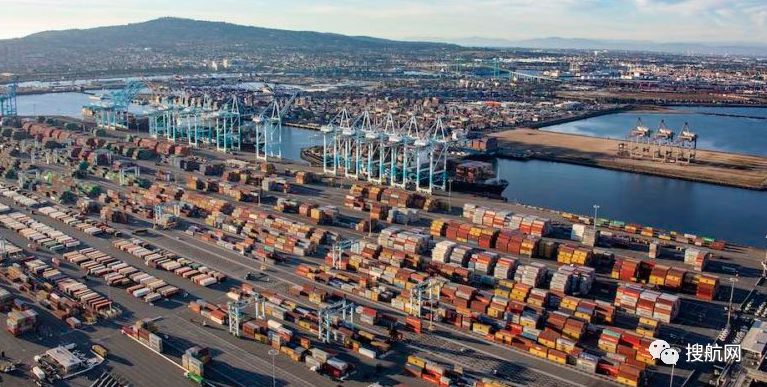
Supply chain delays during the pandemic have resulted in the use of additional containers. According to a new report from Sea-Intelligence, the trans-Pacific route from Asia to the US transports about 19 million TEU containers annually. When the supply chain normalizes, the trans-Pacific route alone is likely to generate 3.5 million TEU of empty container accumulation, and it will not be possible to return to Asia within the normal network operation.
“When supply chains finally start to shorten, there will be a huge release of empty containers, especially in the US. This will cause widespread congestion at terminals and container yards in the second half of 2022 and into 2023, unless carriers and container leasing companies planning for this development has now begun," Sea-Intelligence warned in the report.
"This analysis suggests that the resolution of supply chain bottlenecks will itself have a knock-on effect, potentially overpowering empty container yards in the U.S.," Sea Intelligence reported.
If the 3.5 million TEU containers are to be absorbed by the Pacific route, an additional 82,000 TEU of weekly capacity will be required to ship the containers to Asia in 10 months. Alternatively, shipping lines can find 82,000 TEU weekly vacancies on voyages from Asia to the US.
Conceptually, the problem is the same on European routes and any other route currently subject to supply chain delays.



